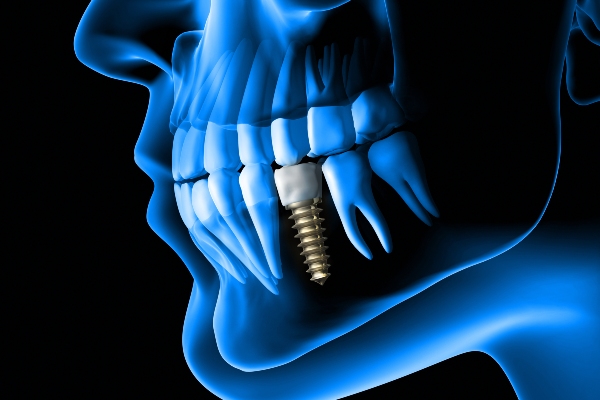What Happens During a Root Canal?

Do you think you may need a root canal in the near future? When the pulp inside of a tooth becomes infected, it can put the tooth at risk of becoming lost or the infection can eventually spread. A root canal can save the tooth by removing the infected pulp and preserving and protecting the health of a tooth in the long term. It is helpful to understand what happens during a root canal to properly prepare and calm any anxieties you may experience before treatment.
How a root canal is performed
Although a root canal is not the most pleasurable experience for patients, it is often necessary to ensure the long-term health of the tooth and to prevent more severe concerns from developing. Each dentist has their own process, but the following is a four-step process that many dentists use during root canal therapy.
Remove the infected pulp
The dentist will first prepare the patient by ensuring they are comfortable, and they will likely numb the tooth so that the patient feels little to no discomfort during treatment. They can then start the root canal by accessing the pulp chamber and carefully removing the infected or damaged pulp. This does not cause much discomfort. The dentist may also treat the infection or drain the dental abscess, if one exists, during this step.
Clean the pulp cavity
After the infected pulp is removed from the pulp chamber, the next step is to clean the pulp cavity thoroughly. This helps ensure that the risk of an infection remaining or developing following the root canal is as low as possible. They will also use this step in the process to ensure the tooth is properly shaped for the filling material. They may alter the shape of the tooth if necessary using various dental instruments. This step also does not cause much discomfort and is an essential step for successful root canal therapy.
Fill the empty space
After removing all infected pulp, cleaning the affected area and shaping the tooth, the dentist will then fill the cavity left by the removed pulp with a filling material and seal up the affected area. The filling material is most commonly gutta-percha, which is a rubber-like material. It is cemented into place with an adhesive material to ensure a secure hold and seal for the tooth.
Placement of the crown
Many dentists recommend dental crowns to be placed over the tooth following root canal therapy. This ensures the tooth is adequately protected from future harm, especially if the tooth is a molar or premolar, which sustain stronger bite forces. The crown process involves taking a tooth impression and customizing the crown, which is placed during a follow-up visit. The dentist may place a temporary filling or a temporary crown while the permanent crown is crafted in the laboratory.
Considering root canal therapy?
Root canal therapy may seem like a long, multi-step process, but experienced dentists know how to perform root canal procedures in a safe and effective manner. To learn more about root canal therapy, contact our friendly dental team today.
Are you considering a root canal in the Troy area? Get more information at https://www.thanasasdds.com.
Check out what others are saying about our services on Yelp: Read our Yelp reviews.
Recent Posts
Dental implants can bring back stability and aesthetic value to your mouth. Losing at least one tooth can affect your appearance. It can also affect the way you interact with other people. Getting implants is a big decision. That is why you need to know what the procedure entails. Here are the things you should…
A healthy smile requires a lifetime of care. Your family dentist can start looking after your teeth from a young age and continue through adulthood. Two visits a year are recommended for professional cleanings and thorough checkups, but it is also critical that you incorporate appropriate daily oral hygiene steps to prevent problems from occurring…
Dental implants are an effective replacement for missing and damaged teeth. There are, however, some factors that may cause implants to fail. If you have noticed the signs of failing implants — such as severe pain, trouble chewing, and gum inflammation — it is important to consult a dentist to curb the problem. This article…
Preventive dentistry can help you avoid issues like tooth decay and gum disease, which are the most common issues that dentists deal with. Keeping your teeth and gums healthy starts with having a consistent oral hygiene routine.Many of the dental issues that you might find yourself dealing with start with the bacteria in your mouth.…


